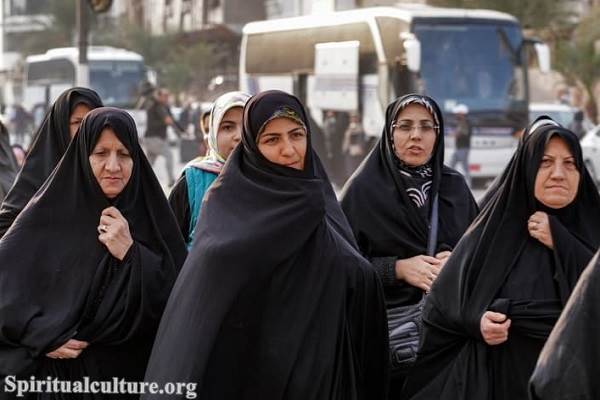There are two major branches of Islam: Sunni and Shia. These branches developed out of a dispute over who should succeed the Prophet Muhammad as leader of the Muslim community after his death in 632 CE.
Sunni Muslims follow the teachings of the Prophet Muhammad and believe that the first four caliphs, or leaders, of the Muslim community, were the rightful successors to Muhammad. They make up the majority of Muslims worldwide and are found in many countries, including Egypt, Saudi Arabia, Iraq, and Indonesia.
Shia Muslims believe that the Prophet Muhammad’s cousin and son-in-law, Ali, was the rightful successor to Muhammad. They comprise a minority of Muslims and are mainly concentrated in Iran, Iraq, and Lebanon.
Both Sunni and Shia Muslims follow the teachings of the Quran and the Hadith (sayings and actions of Muhammad) and believe in the same fundamental beliefs and practices of Islam. However, there are some differences in their interpretation of certain religious texts and their practices, such as the role of certain leaders and the importance of certain traditions.

In addition to the two major branches of Islam, there are also several smaller branches and movements within Islam, each with distinct beliefs and practices. These include:
Sufism: Sufism is a mystical and ascetic movement within Islam that focuses on spiritual growth and the inner dimension of religion. Sufis seek a closer connection to God through meditation, prayer, and other spiritual practices. Sufism is found within both the Sunni and Shia branches of Islam.
Ahmadiyya: The Ahmadiyya movement is a reformist movement within Islam founded in India in the late 19th century. Ahmadis believe their founder, Mirza Ghulam Ahmad, was a prophet and the promised Messiah foretold in Islamic texts. Ahmadis are considered heretical by some mainstream Muslims, and the movement has faced persecution in some countries.
Salafism: Salafism is a puritanical movement within Islam that emphasizes a return to the practices of Islam’s “righteous ancestors” (al-salaf al-Salih). Salafis seek to emulate the Prophet Muhammad and the first generations of Muslims in their beliefs and practices. Salafism can be both Sunni and Shia, but it is more commonly associated with Sunni Islam.
Ismailism: Ismailism is a branch of Shia Islam that believes in the spiritual leadership of the descendants of the Prophet Muhammad through his daughter Fatima and her husband, Ali. Ismailis are found mainly in South Asia, East Africa, and the Middle East.
Many other smaller movements and branches within Islam


